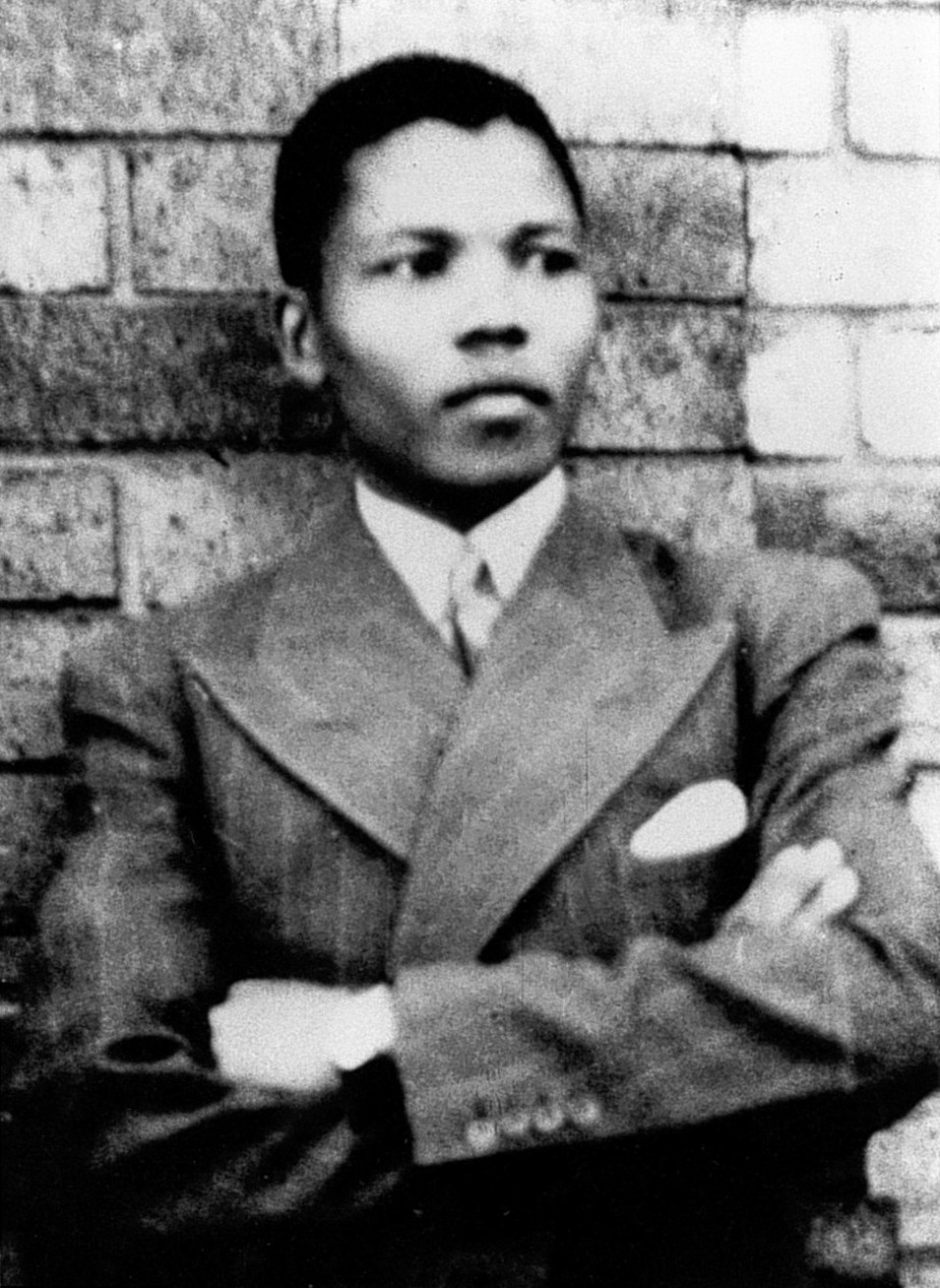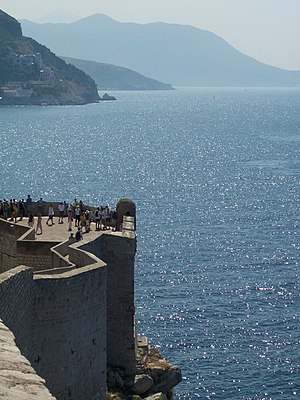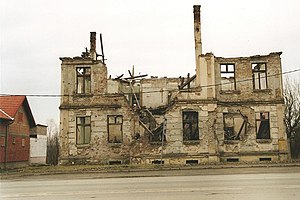| St. Paul's Indian Industrial School, Middlechurch, Manitoba (Photo credit: Wikipedia) |
| Residential school group photograph, Regina, Saskatchewan circa 1921 (Photo credit: Wikipedia) |
The news this week that the Indian residential schools
were used by the Canadian authorities for experiments in the effects of
malnutrition on children does not in the least surprise me, although I have to
confess I have never made any detailed study of the residential schools and
their works.
The fact that the Cecilia Jeffrey school just outside of Kenora was the site of one of these experiments takes me back to my first days in
Canada, because I lived in Kenora for the first six months of 1955, having
moved there after three months working on a Thomson newspaper (if that’s the
word to describe that strange daily publication) in Kirkland Lake.
Actually I didn’t have a job in Kenora: my wife, however,
had obtained a teaching job in what was called the Rabbit Lake school, some
miles outside Kenora, and every day she had to pass by the nearby Indian
residential school, at that time in its full glory as an instrument of Canadian
colonialism.
The residential schools were established because the white
establishment of the time believed they were the only way to detach Indian
children from what the authorities considered the “barbarous” lifestyle of the
Indian parents. In other words, the schools were a deliberate act of genocide,
designed to bring the race of indigenous people in Canada to an end by turning
all their children into nice, conforming, polite and non-troublesome little
Canadian kids.
We didn’t know that these experiments were underway in
that school, but we wouldn’t have been surprised to hear it. The chairman of
the Rabbit School board was a man who also happened to be the principal of the
Indian residential school, and he interfered in the daily work of the Rabbit
Lake school to what my wife thought was an unwarranted extent. Day after day
she would come home with tales of that terrible Mr X and his suggestions for
improvement of the school experience.
Our brief connection with this hellhole ended when I
received a job-offer from the Winnipeg
Free Press and decided to give up writing my great novel and return to the
only thing I knew how to do, that is, to be a reporter.
It was about 15 years before I set foot back into Kenora,
this time as a roving reporter for The
Montreal Star, with a kind of loose assignment to write about the condition
of the Indians. Meantime Kenora had been the centre of a major protest movement
of the local Ojibwa Indians trying to draw attention of the white authorities
to the fact that they actually existed and had terrible needs. I didn’t know it
at the time, but the local Indians had been reduced to that state by the action
of whites, most of them from the United States, who years before had been given
authority to fish the Lake of the Woods, the immense heart and seat of the
local Indian life. Before that happened, the Indians had established a
perfectly viable mixed economy primarily based on a comprehensive expoloitation
of the sturgeon --- for example they took a substance from it that was used in
the industrial economy for making paint, and various other things ---- a
species which had been kept in balance by the Indians over the centuries. All
that ended with the coming of the white fishermen, who wiped the sturgeon out
of the Lake of the Woods in a jiffy, thus reducing the Indians who had depended
on it to penury. (A detailed account of this can be found in my book, People of Terra Nullius, published by
Douglas and McIntyre, of Vancouver, that is still available in most libraries.)
One of my enduring memories of my many visits to Kenora
over the years is of having, on that first return visit, probably in 1969 or
1970, met in a back room of the detox centre a young man who was filling in his
time by painting on sheets of brown paper. I bought one of them from him for a
minimal sum, and thus became owner of a work by Carl Ray, who later became a
well-known painter in Canada, nowadays variously described as a Cree and then
as an Ojibwa painter, but one whose works today are in at least a dozen of
Canada’s major arts collections. Carl was born in 1943, and died as a result of
being stabbed in a drunken fight at the age of 35, but he has left his mark on
Canadian painting, not least by having been one of the seven native painters
who formed a group in the 1970s to improve the prospects for
their work. He became an associate of Norval Morriseau, now acknowleded to be
the greatest of them all, whom he helped to paint a vast mural for the Indian
exhibit at Expo 1967 in Montreal.
Thus I am now discovering that Ray was already a
well-known artist by the time I happened upon him in the back room of the detox
centre. He had already lived through the residential school experience. He left
school at the age of 15. Thereafter he tried
unsuccessfully to make a living as a traditional hunter and trapper in the bush
(he discovered that these skills had been detached from him by residential school),
had contracted and recovered from tuberculosis, but evidently became a servant
of the alcohol which so often served young Indians of the time as their ready
staff and help in a life of travail.
These are no more than the ramblings of an aged reporter
who, having discovered what had been done to the native people who live among
us, did what little he could to bring their desperate plight to public
attenton, and in that process was taught many lessons about human life and its
relationship to other forms of life












